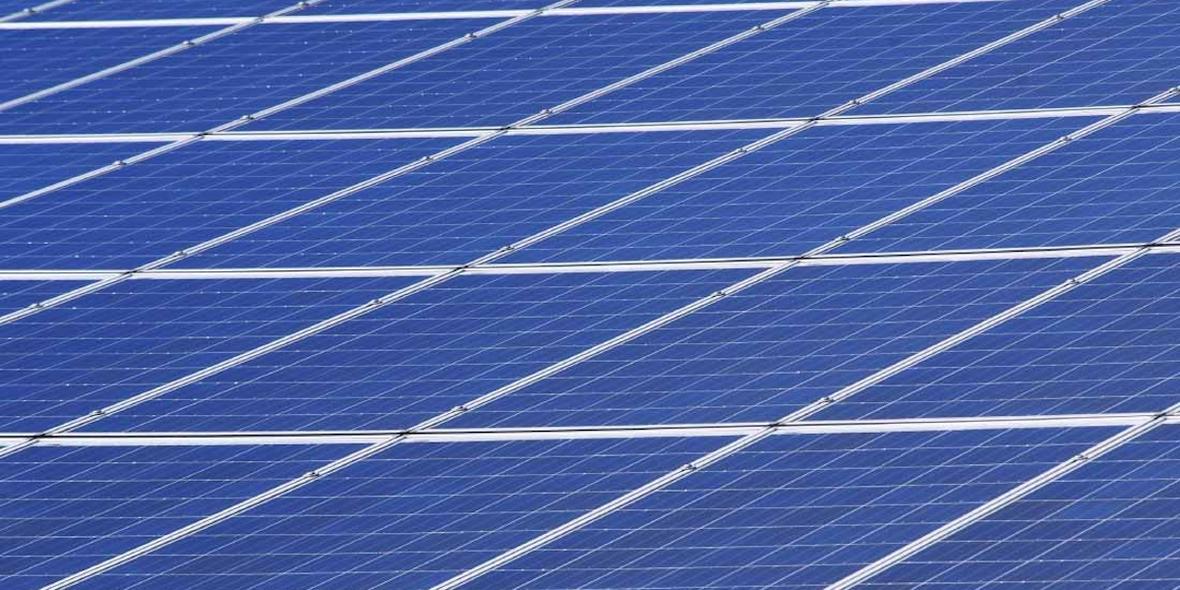30. Apr 2023
Sector interconnection is key for Energy Management Growth

Making homes energy efficient has been a priority for KNX for 30 years - now KNX Association is moving full speed ahead into energy management.
With the objective of showing as many interested parties as possible what KNX can already do today and what KNX is currently working on in order to fully integrate energy management – including the charging infrastructure for e-vehicles – the KNX Association has launched the event series “KNX Smart Energy Summit”. The new series of on-line conferences “Smart Energy Management with KNX” have been launched. Here, members of the KNX Association presented how they are already implementing energy management on the basis of KNX today and what can be expected in the coming months.
Now, energy efficiency is nothing new for KNX: individual room control and shading control have already been around for 25 years, to name two examples of how KNX makes smart homes significantly more efficient - and has made an important contribution to the energy transition for a long time. This is because the energy consumption of buildings plays an important role in the energy balance of an economy: without highly efficient houses and buildings, the energy transition is not possible. Worldwide, 41 percent of energy production goes into buildings (industry: 31 percent, transport: 28 percent), and 21 percent of global CO2 emissions come from buildings.
The fact that KNX successfully addresses energy efficiency is also reflected in the classification of KNX in the energy efficiency classes (EN 15232): because of the energy-efficient room automation across several trades, KNX corresponds to class A. This is because KNX shading controls can reduce the energy costs of a building by up to 40 percent, individual room control by up to 50 percent, lighting control by up to 60 percent and ventilation control also by up to 60 percent.
Over the past few years, energy management has been added to energy efficiency because renewable energy systems have found their way into the home since then, such as the PV system on the roof or heat pumps. “Energy efficiency and energy management are similar at first glance, but energy management is one step higher”, explains Heinz Lux, CEO of the KNX Association.
So KNX established the basis for energy efficiency many years ago - with success: today, for example, KNX controls individual room regulation, shading, heating, air conditioning and ventilation, to name just a few automation functions. “In every second smart home in Germany, KNX is used for control” says Heinz Lux proudly. In total, 471 million KNX devices operate in 197 countries worldwide.
“For 30 years, system integrators and installers have been contributing to the energy transition on the basis of KNX” explains Lux
Energy management is also not new to KNX. KNX-certified products from various manufacturers have already been available for eight years, and new devices are being added continuously. For example, sonnen recently became a member of the KNX Association, so that the sonnenBattery can now also be integrated into the Smart Home via KNX. Producers that do not have their own KNX interfaces can be integrated via additional KNX devices.
The energy management system sets the priorities which are used to distribute the energy generated from the renewable sources to the storage and consumers in such a way that, for example, the washing machine can be run at scheduled times and the storage is filled at times when the consumers need little energy. Peak loads can be levelled out as a result.
But Heinz Lux is already thinking beyond the smart home: “For the energy transition to succeed, electricity, heat generation and electromobility must be controlled across the spectrum. Sector interconnection is the goal. “The smart grid must be combined with the buildings, the storage systems and the charging systems for electric vehicles. It will then be possible to bring energy production from fluctuating renewable sources in line with consumption. Energy management must connect the buildings, e-mobility and energy generation based on the smart grid in such a way that they can optimally interact with each other.
In the Smart Home, the distribution board forms the heart of the KNX control system, and energy management also takes place from there. However, it can only be seen in connection with the other functions in the Smart Home, now also including the charging stations for e-vehicles. And it must be managed when energy must be drawn from the grid and when energy can be fed into the grid. “An important topic will be how energy management can already be realised via KNX Classic, but above all what is currently being done to ensure that KNX can meet future energy management requirements.”
One thing is already certain for Heinz Lux, however: “Implementing the energy transition is not possible without KNX”.
Heinz Lux: “For the energy transition to succeed, electricity, heat generation and electromobility must be managed in a comprehensive manner. Sector interconnection is the goal. KNX makes this possible”.
Smart Energy Management with KNX: Insights for Professionals
Do you want more info on how KNX can contribute to more sustainable homes and buildings? Explore how KNX enables advanced smart energy solutions in residential and commercial projects. Our collection of expert articles, technical guides, and industry updates will help you stay ahead in designing energy-efficient, future-proof buildings.
Highlights
-
 Press
PressETS6 Roadshow 2025 marks global success, showcases power of ETS6.3
ETS6 takes center stage during the month of May with 24 roadshow stops all over the world. -
 News
NewsThe KNX Journal 2025 is now available
The latest edition of our annual smart home and building solutions magazine has arrived. The KNX Journal 2025 offers ... -
 KNXtoday
KNXtoday#KNXis35: KNX history and evolution
KNX is 35. This worldwide building control standard, initiated by a handful of visionary European manufacturers, now has ...
